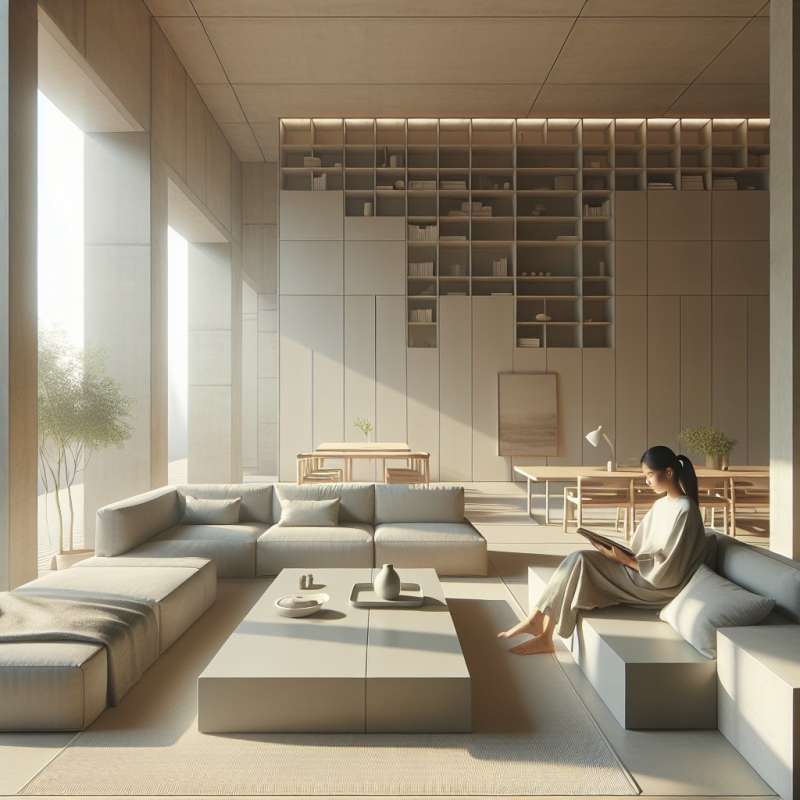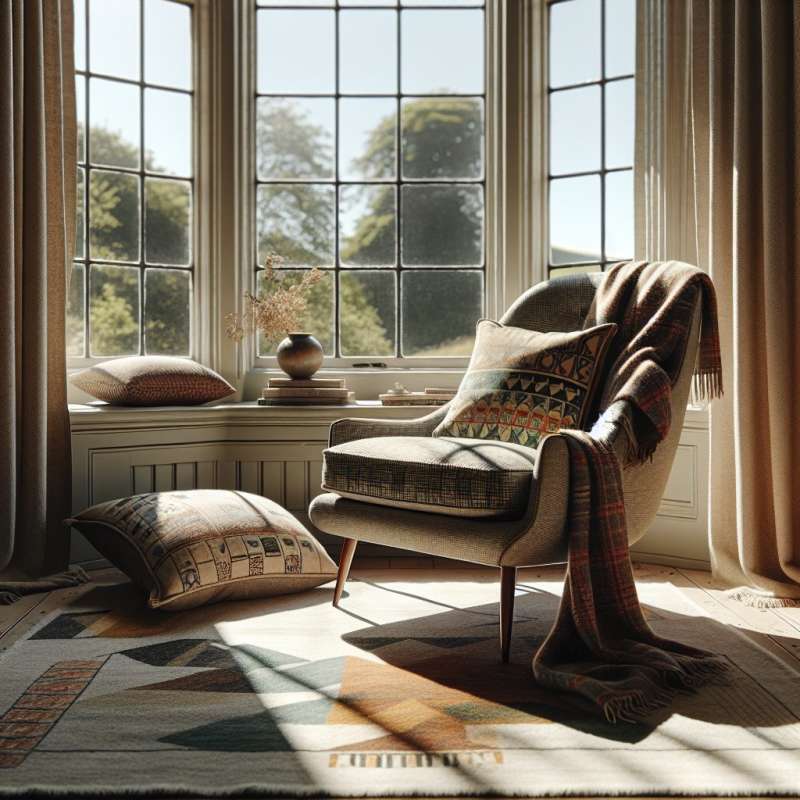
Introduction to Mid-Century Modern
Mid-century modern, spanning 1945 to 1969, represents a distinct design movement characterized by simplicity, functionality, and natural shapes. It harmonizes refined aesthetic with everyday comfort.
Function Over Form
This principle prioritizes practicality and usability. Designs are stripped of unnecessary details, leaving clean lines and functional forms. The focus is on how people use space and furniture.
Organic and Geometric Shapes
Mid-century design fuses organic curves with geometric forms. Designers like Eero Saarinen embraced new materials to create iconic pieces like the Tulip Chair, merging future-forward design with natural contours.
Integration With Nature
Mid-century interiors blur the lines between indoors and outdoors. Large windows, sliding doors, and skylights invite natural light, promoting a seamless flow to the external environment.
Vibrant Color Contrasts
While grounded in neutrals, mid-century modern injects bold colors like tangerine, chartreuse, or flamingo pink as accents. Color is used strategically to enliven spaces without overwhelming them.
Iconic Materials Use
Materials like teak, walnut, metal, and glass were popular. Designers also experimented with new materials like plastic and plywood, pushing the boundaries of traditional furniture craftsmanship.
Graphic Patterns and Textiles
Textiles feature bold, abstract patterns, and graphic prints. Fabrics like wool, tweed, and linen add texture and depth. Rugs, throw pillows, and upholstery often highlight these dynamic patterns.
What era is mid-century modern from?
1920 to 1955
1945 to 1969
1970 to 1990
Company